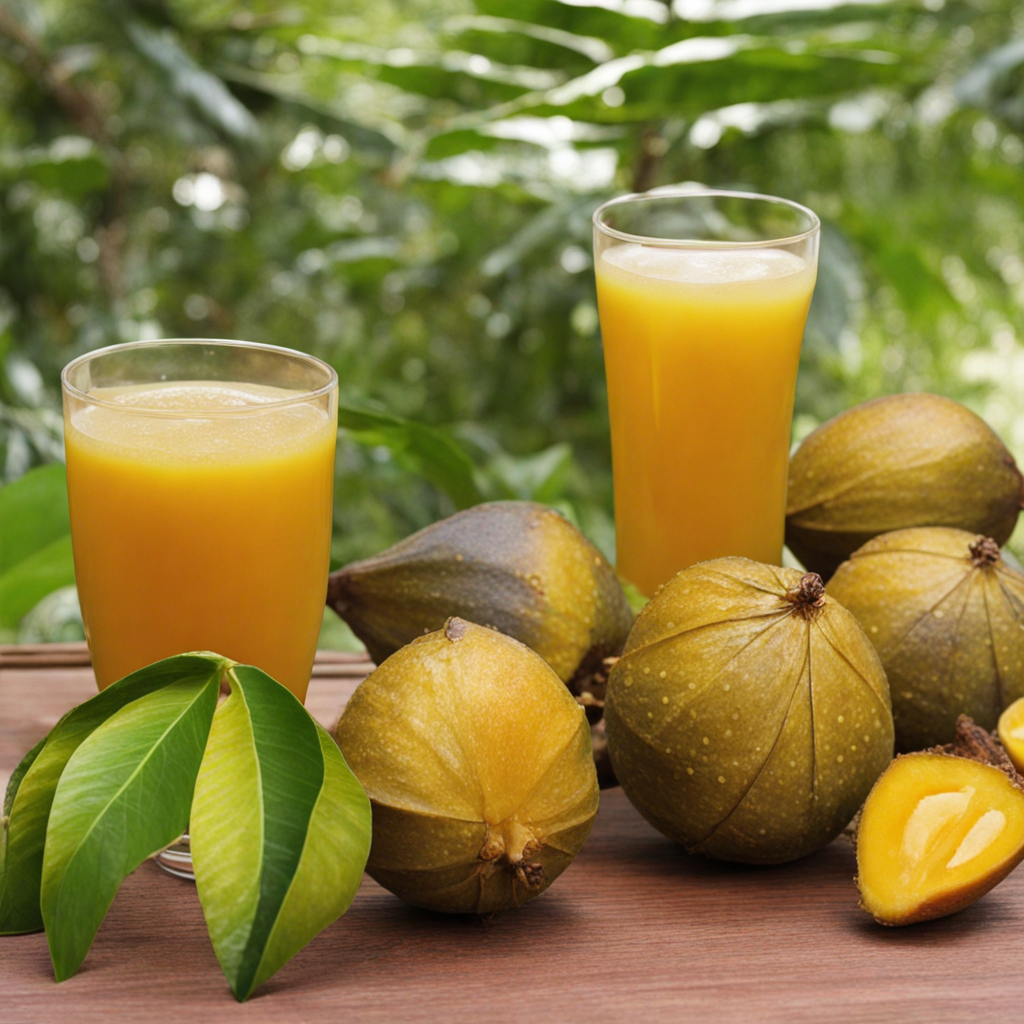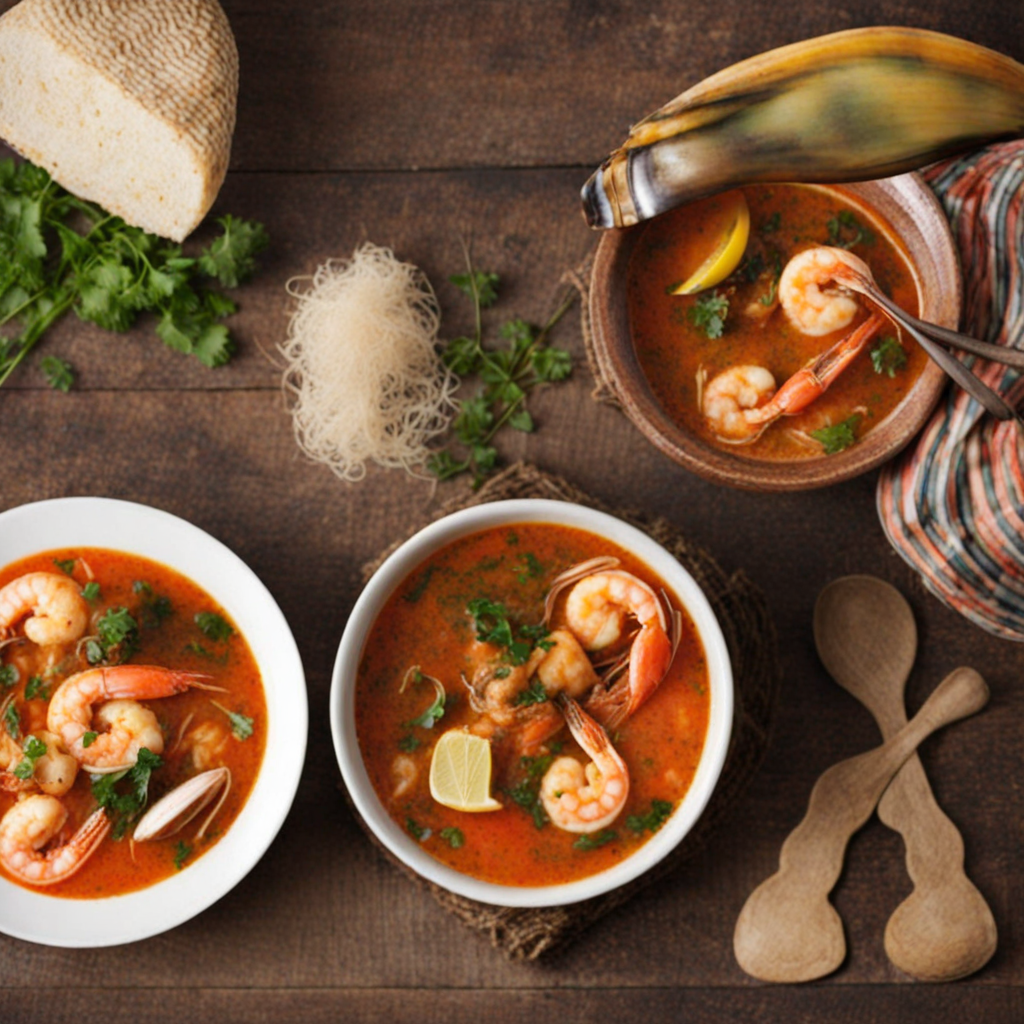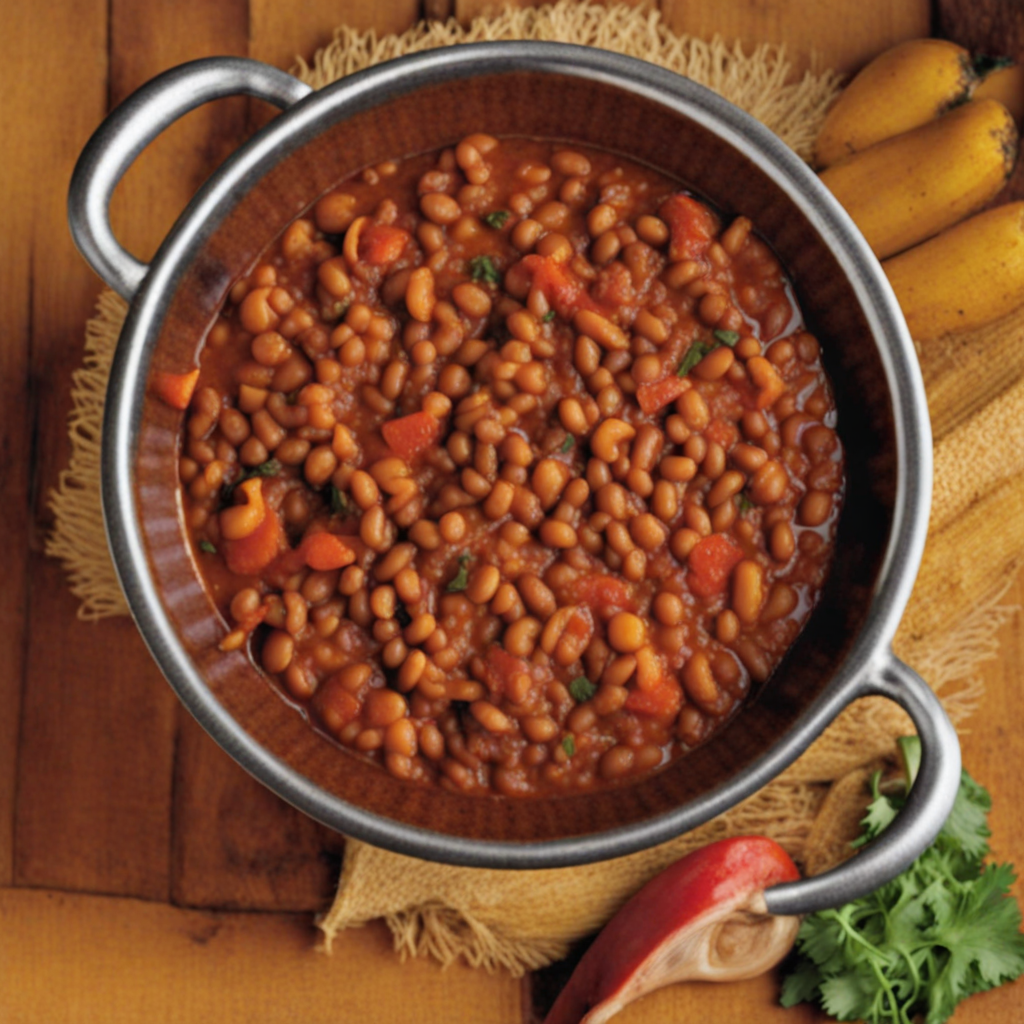Alasa
Alasa is a unique Ghanaian dish that embodies the rich culinary traditions of the country. This delightful meal is primarily made from the starchy root vegetable known as cassava, which is finely grated and mixed with a combination of spices and seasonings. The mixture is then molded into small cakes and deep-fried to golden perfection, creating a crispy exterior that gives way to a soft, chewy interior. The flavor profile is further enhanced with the addition of onions, peppers, and sometimes even fish, making each bite a harmonious blend of savory and slightly sweet notes that are sure to tantalize your taste buds. One of the standout features of Alasa is its versatility. It can be enjoyed as a snack, appetizer, or even as part of a larger meal. Many locals serve it with a spicy pepper sauce or a side of fried plantains, which adds a delightful contrast to the dish. The preparation of Alasa often involves a communal aspect, with family and friends coming together to grate the cassava and mix the ingredients, emphasizing the social nature of food in Ghanaian culture. Discovering Alasa is not just about the taste; it’s an invitation to experience the warmth and hospitality of Ghana. This dish is often enjoyed at celebrations and gatherings, symbolizing togetherness and the joy of sharing food. The crunchy texture and tantalizing flavors make Alasa a memorable culinary experience, encouraging food enthusiasts to explore the diverse and vibrant world of Ghanaian cuisine.
How It Became This Dish
The History and Significance of Alasa in Ghana #### Origin and Ingredients Alasa, also known as "Alasa nuts," is a traditional food item from Ghana that has captured the hearts and taste buds of many across the nation and beyond. Originating from the seeds of the African locust bean tree (Parkia biglobosa), Alasa is more than just a food item; it embodies the rich agricultural heritage and culinary traditions of the Ghanaian people. The locust bean tree thrives in the savanna regions of West Africa, particularly in Ghana, where it plays an integral role in local ecosystems and economies. The seeds of the African locust bean tree are harvested and processed to create Alasa, which is commonly consumed in several forms. The seeds are typically fermented, roasted, and then ground into a paste, or they may be used in their whole form. This process not only enhances the flavor but also makes the nuts more digestible, highlighting the ingenuity of traditional Ghanaian food preparation methods. #### Cultural Significance Alasa holds a special place in the food culture of Ghana. It is often associated with communal gatherings and celebrations, where it is enjoyed as a snack or incorporated into various dishes. It is commonly used to make stews, soups, and sauces, adding a unique flavor profile that is both nutty and savory. In many Ghanaian households, Alasa is an essential ingredient, and its presence in a meal often reflects the hospitality and generosity of the host. The cultural significance of Alasa extends beyond its culinary uses. In many communities, the harvesting of locust beans and the preparation of Alasa involves traditional practices that have been passed down through generations. This process fosters a sense of community and belonging, as families and friends come together to collect the pods, extract the seeds, and prepare the nuts for consumption. The act of making Alasa is often accompanied by storytelling, singing, and dancing, reinforcing social bonds and cultural identity. #### Nutritional Value and Economic Impact From a nutritional standpoint, Alasa is rich in protein, healthy fats, and essential nutrients. It is an excellent source of energy and is often consumed by people of all ages. The nuts are not only used for human consumption but also serve as a valuable feed for livestock, further supporting the agricultural economy in Ghana. The economic impact of Alasa is significant, particularly in rural areas where it is cultivated. The locust bean tree is a hardy plant that requires minimal maintenance, making it an accessible source of income for many farmers. The sale of Alasa and its byproducts contributes to the livelihoods of numerous families and plays a vital role in local markets. As awareness of the health benefits of Alasa grows, there has been an increasing demand for this traditional food, both domestically and internationally. #### Development and Modernization Over time, the preparation and consumption of Alasa have evolved, influenced by modernization and globalization. In urban areas, where busy lifestyles often dictate food choices, pre-packaged Alasa products are becoming more popular. This shift has made it easier for people to enjoy the nutritional benefits of Alasa without the labor-intensive process of traditional preparation. However, this modernization has raised concerns about the loss of traditional culinary techniques and the potential dilution of cultural practices associated with Alasa. Despite these changes, many Ghanaian chefs and food enthusiasts are actively working to preserve the traditional preparation methods of Alasa while also promoting its versatility in contemporary cuisine. From gourmet restaurants to street food vendors, Alasa is being reimagined in innovative ways, showcasing its adaptability and richness. Dishes like Alasa-infused soups, stews, and even desserts are gaining popularity, highlighting the potential of this humble nut to shine in modern culinary contexts. #### Alasa in Global Culinary Trends As global interest in plant-based diets and traditional foods increases, Alasa has begun to garner attention beyond the borders of Ghana. Food bloggers, chefs, and health enthusiasts are exploring the unique flavors and nutritional benefits of Alasa, introducing it to new audiences. This growing interest is helping to elevate the status of Alasa on the global culinary stage, allowing it to be appreciated not just as a traditional Ghanaian food, but as a valuable ingredient that can contribute to diverse cuisines. Moreover, the emphasis on local and sustainable food sources has made Alasa an attractive option for those seeking to support indigenous agriculture. The promotion of Alasa as a superfood aligns with the increasing demand for nutritious, environmentally friendly food options, encouraging farmers to cultivate more locust bean trees and sustain traditional farming practices. #### Conclusion: A Nutty Legacy The history of Alasa is a testament to the resilience and creativity of the Ghanaian people. From its origins as a simple nut harvested from the African locust bean tree to its status as a cherished food item, Alasa embodies the intersection of culture, community, and nourishment. As Ghana continues to navigate the challenges of modernization and globalization, the legacy of Alasa remains strong, serving as a reminder of the importance of preserving culinary traditions while embracing innovation. Ultimately, Alasa is not just a food; it is a symbol of identity, heritage, and connection to the land. Its journey from local kitchens to international recognition reflects the evolving narrative of Ghanaian cuisine, where the past meets the present and paves the way for a flavorful future. Whether enjoyed in a traditional stew or a modern dish, Alasa's nutty essence continues to enrich the lives of those who partake in its delicious legacy.
You may like
Discover local flavors from Ghana







